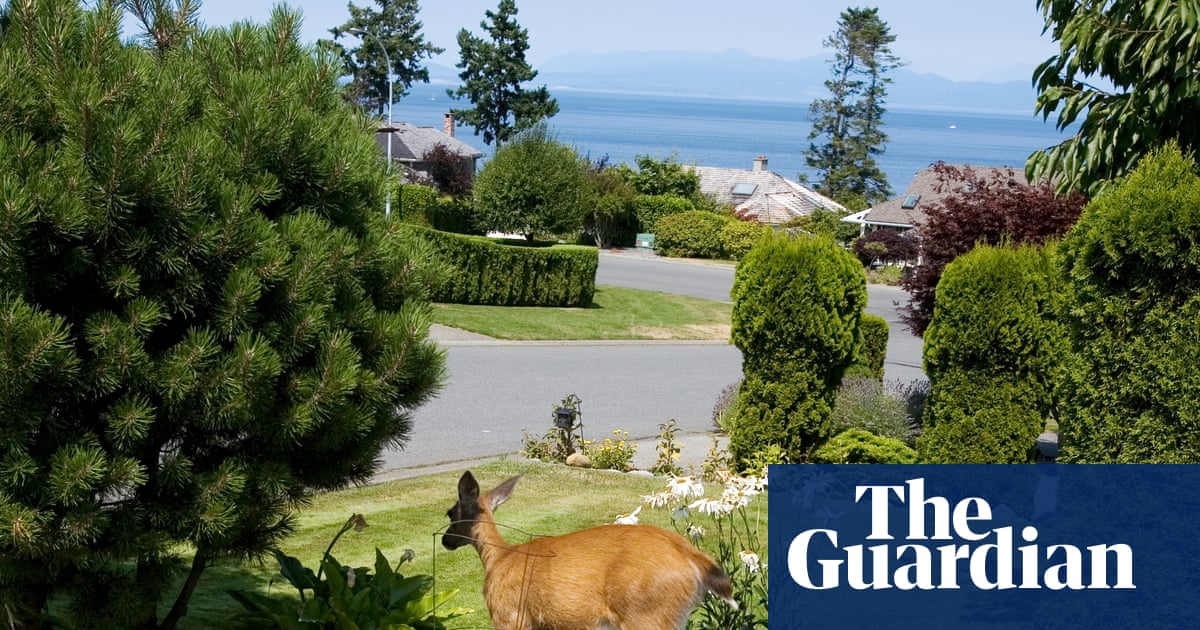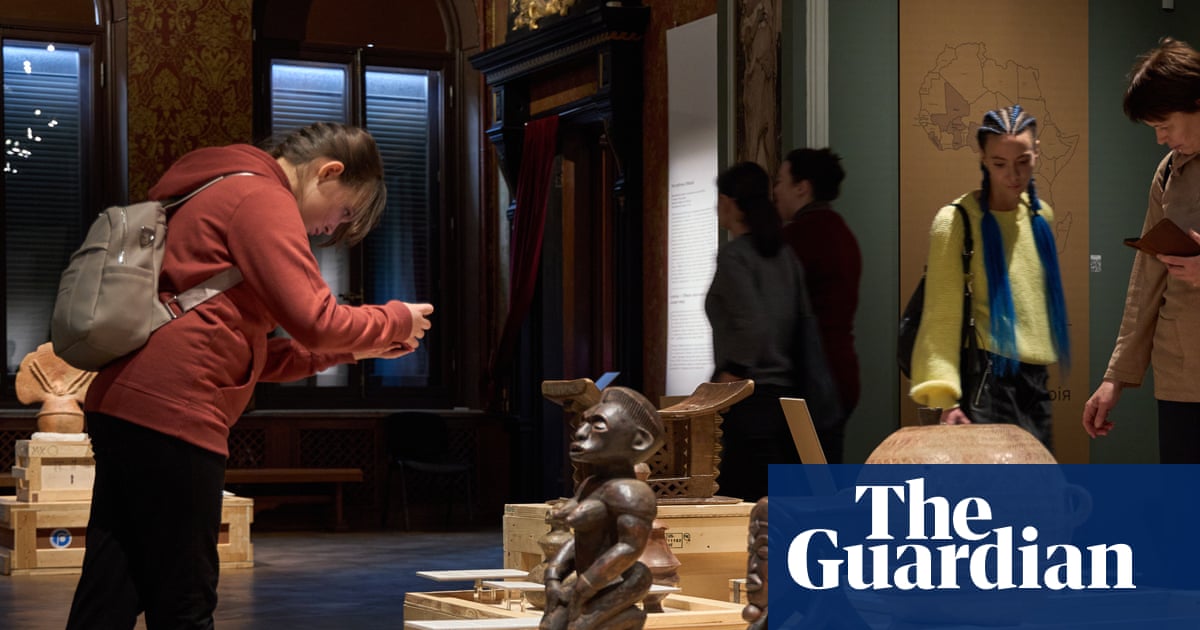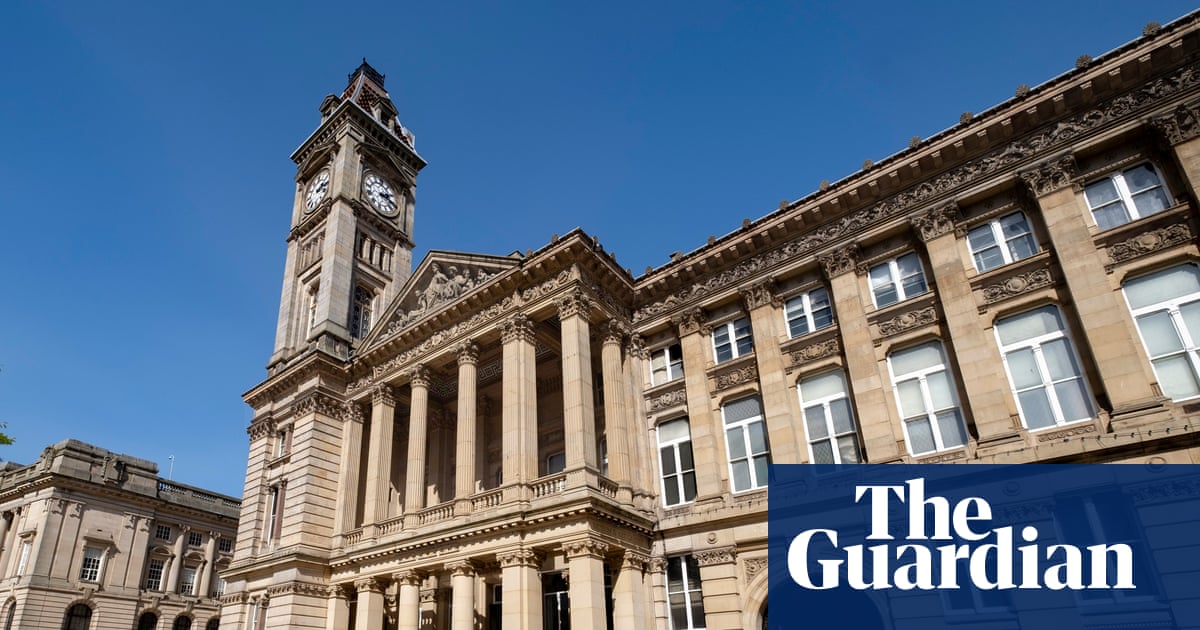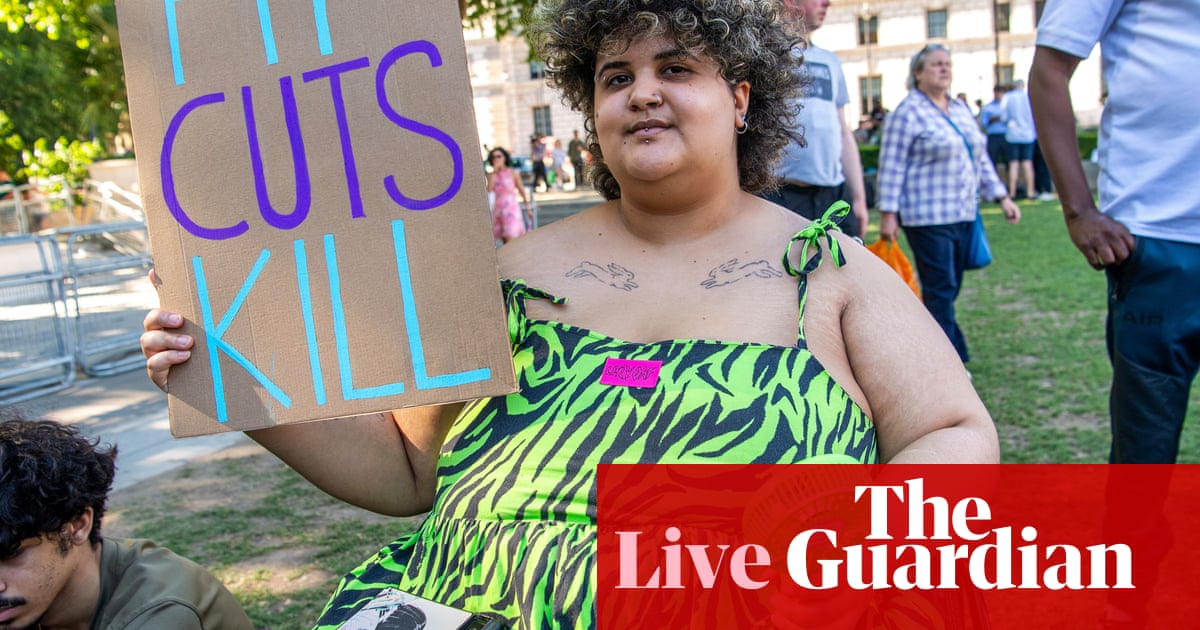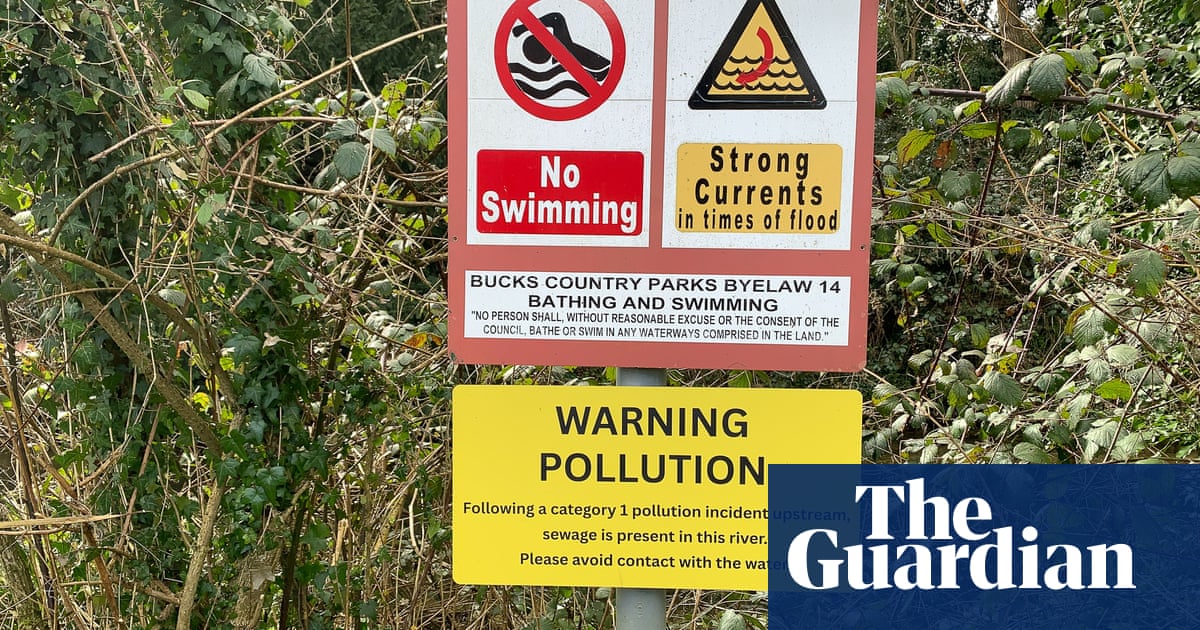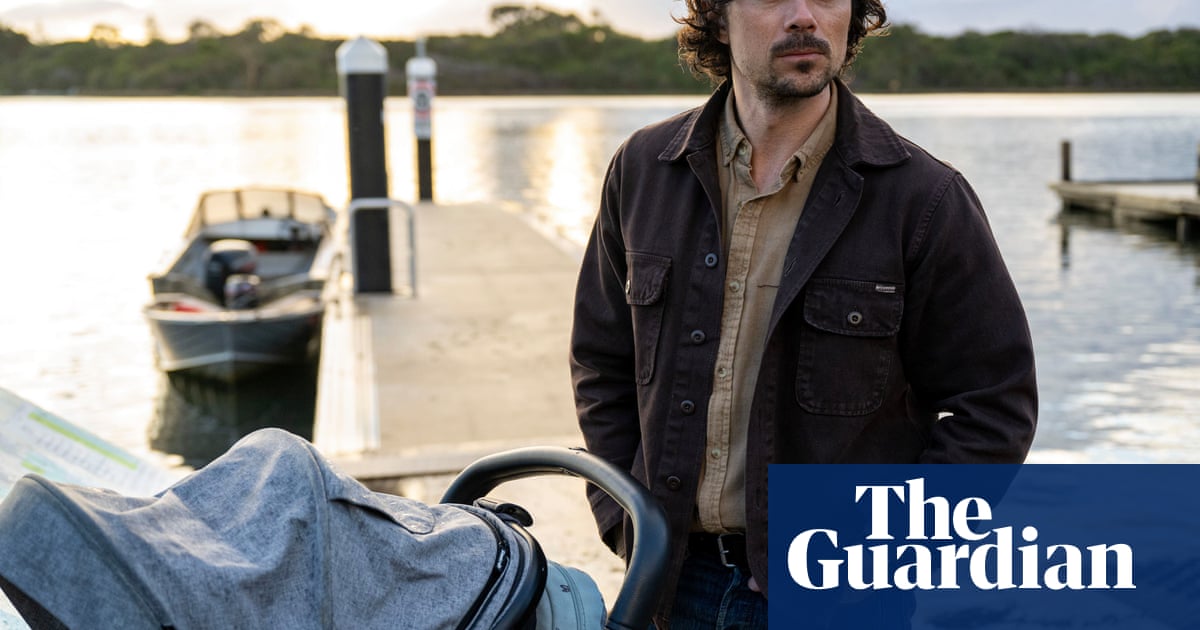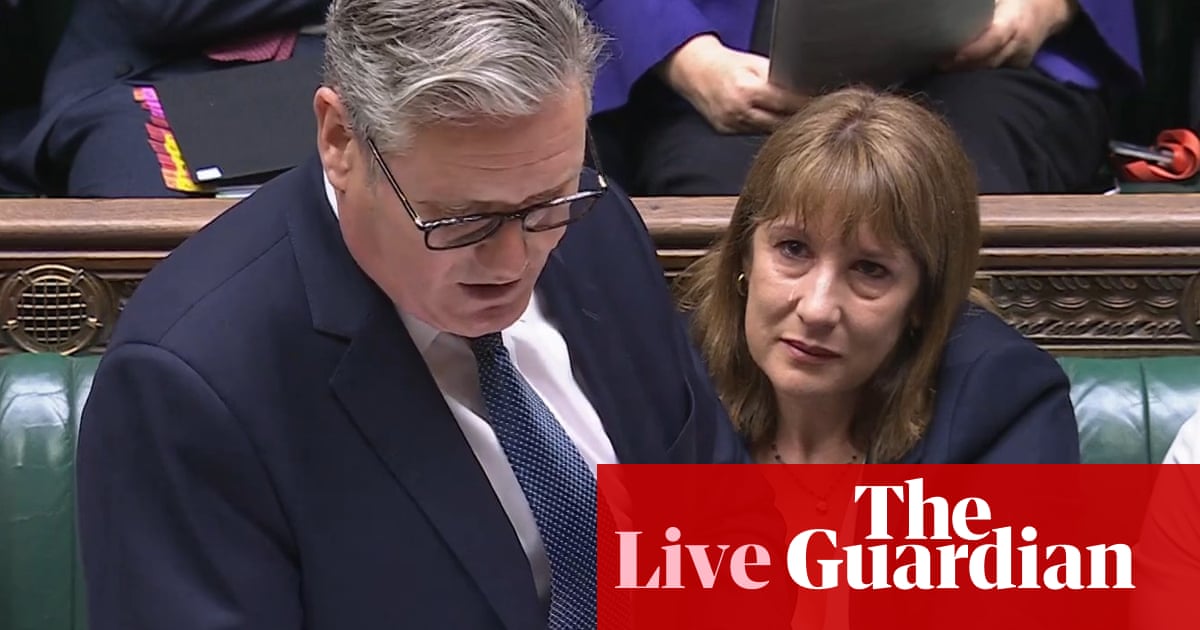When Linda Taylor Cantrill finally found her dream family home in Exmouth, Devon, it wasn’t the location, the square footage or the local amenities that finally made up her mind – it was the 200-year-old oak tree in the garden.
“The way we felt about just standing in the shade of the tree was: ‘We need this house, because look how beautiful it is,’” she told the Guardian.
Little wonder then, that when an insurance company suggested chopping the tree down in an effort to arrest the subsidence affecting the house, Taylor Cantrill says she turned “into Boudicca”, to stop the chainsaws – launching a years-long battle that, this year, she finally won.
Hers might seem like an isolated example of arboreal activism, but the issue of insurers recommending tree-felling as a cheap fix to building issues is one played out daily in Britain.
The problem, according to some campaigners, is so common that they fear it could bring about the loss of irreplaceable ancient trees.
Data on insurance-related tree-felling is difficult to pin down, but underwriters are braced for a increase in subsidence claims this year. The Association of British Insurers (ABI) said there had been “unusually high spring temperatures” – often a cause of such claims.
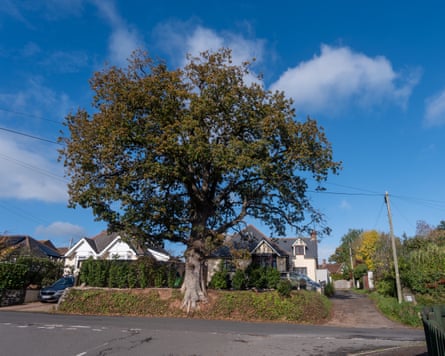
As part of the Haringey Tree Protectors group, Gio Iozzi has been heavily involved in efforts to save a 120-year-old plane tree in north London. “I see it as big a problem, on a par with the water pollution scandal,” she said.
Like Taylor Cantrill, she chose her home because of the trees nearby and believes insurers prefer to fell trees suspected of causing subsidence rather than pursuing engineering solutions such as underpinning houses.
It is a view shared by the Woodland Trust, which said it was a “significant concern”. Caroline Campbell, who leads the trust’s work on bringing the benefits of trees to the urban areas that need them the most, said: “Mature and veteran trees are often removed before causation is proven, and in many cases where alternative engineering or root management solutions could resolve the problem while retaining the tree.
“The general approach from many insurers remains risk-averse, defaulting to removal as the quickest or cheapest option.”
The ABI said: “It is not the case that insurers default to tree removal as a matter of convenience or cost-cutting. Insurers will assess each claim on a case-by-case basis, and will consult with experts to determine the most appropriate course of action.”
In Billingshurst, in West Sussex, another group is still fighting to save two oak trees villagers believe are at least 200 years old, and that insurers say are the cause of damage to nearby homes.
After hiring a lawyer, and thousands of people signing a petition in support, the Save Billi Oaks campaigners have fought their local authority to a standstill. The authority had initially granted permission to fell the trees, despite tree preservation orders being in place.
Last month, councillors voted unanimously to pause those plans while they took legal advice. It is understood the council will revisit the matter on 5 November.
One of those fighting for the trees, Gabi Barrett, said: “If it weren’t for the community stepping up, both trees would have been felled.” .
She added: “The trees are stunning, perfectly balanced and over 200 years-old. They are the only trees of that age and status that remain on the estate. They provide shade in summer and mitigate flood risk in the wetter months.”
She said that “from the get-go, saving these trees has been a community effort”.
But it has not yet secured the future of the trees. They remain vulnerable, partly because the council fears incurring liability if it does not agree to the insurer’s request to cut them down.
Campbell said the effect of losing the trees could be devastating for the local environment: “Even a single insurance claim can lead to the felling of multiple street or garden trees, and subsidence is known to be one of the largest claim types facing the insurance sector.
“The cumulative impact over time is substantial, contributing to canopy loss in exactly the urban areas where trees are most needed for cooling, air quality and flood mitigation.”
And, while mature trees are effective at taking CO2 out of the atmosphere, newly planted ones – often cited as mitigation when an ancient tree is felled – are much less so. Chopping down mature trees can also release the CO2 back into the atmosphere.
The ABI said firms “explore alternative solutions” to felling, but these were not always suitable. A spokesperson also said underpinning “itself has an environmental impact through the use of carbon-intensive concrete”. They added: “The insurance industry takes its climate responsibilities seriously.”
Taylor Cantrill’s successful defence of her beloved tree will be an inspiration to others with a similar fight on their hands. For those, like Barrett, the battle to preserve their local greenery is personal. She said: “My children were born in Billingshurst – I have fond memories of stopping for a snack in the shade under those trees on the way back from toddler group. I would find their loss devastating.”

.png) 3 hours ago
5
3 hours ago
5





